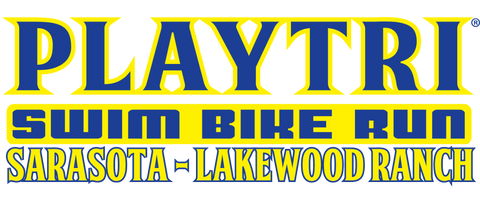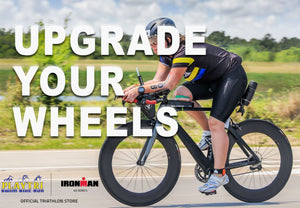
THE 99% AND ASPIRATIONAL TRAINING
The idea of the 99% is not new or unique. What is the 99%? It is the day-in, day-out discipline, intention and hard work that, outside of knowledge and equipment, brings athletes 99% of their success in their sport. High level coaches will consistently reinforce to their athletes that there is no magic formula for success – there is the 99%, and once you have that, then there is the 1%, or marginal gains as we often refer to it.
I recently spoke on this topic with a group of athletes at our Pre-Season Camp, and felt it warranted a write up as we begin the new year and consequently see a spurt of what I often to refer to as “aspirational training.”
What is aspirational training? Aspirational training is when an athlete sees another athlete whose level they aspire to be at, and think “if I can do the same workout as him or her, then I will be on the path to that same level of success/fitness/etc.” Essentially, they have decided to focus on the importance of this single session or type of session, to the detriment of the 99%. This is when we see athletes who have previously being doing 30 minute swims or short rides attempting to do 30 x 100 free in the pool, or a 3 hour ride out on the bike. The worst is the hard run sets, where athletes may go from doing brief, relaxed efforts to attempting to complete intense track sessions with minimal recovery.
Aspirational training, while emotionally appealing in its possibilities to boost confidence and reassure ourselves that we are on the path to success, is a common cause of injury and training plateaus/declines for amateur athletes. By attempting to complete sessions that their bodies do not have a skill or fitness foundation for, athletes dig a hole that they cannot recover from (or gain any benefit from) without significant time off, meaning that the athlete is actually LESS fit at the end of the process than before they did the aspirational workout. Sometimes it may take a few of these sessions to well and truly dig the hole of under-recovery, but eventually training based on that of another, fitter athlete will inevitably lead to the same conclusion.
I suggest, instead, the following:
-
Examine your goals for the season. Where do you need to be, and in what amount of time, to achieve those goals?
-
Examine where you are today. How close are you to where you need to be for your goals? Do you see a clear pathway to that level of skill and fitness? What weaknesses will hold you back and how can you address them?
-
If the pathway is clear, do the 99%! Begin building from where YOUR body is, and focus on daily progress. Ignore what others are doing until you are close to their level, then examine their choices and determine if they make sense for your goals, strengths and weaknesses.
-
Set realistic process goals surrounding the 99% including nutrition, hydration and sleep to support your training. For example, “I’m going to sleep 7 hours a night at least 6 nights out of the week,” or “I’m going to eat at least two different vegetables at dinner every day.”
-
Enjoy training sessions for what they are – an opportunity to move and strengthen your body, and to reach your potential.
In short – be honest and measured with your self-assessment and training.
It isn’t an exciting approach – except in its ability to keep you healthy and produce results. If this resonates with you and you aren’t sure where to start, consider hiring an experienced coach who can walk you through the steps.
Coach Morgan Hoffman is the Head Coach of Playtri and a USAT Level II Coach and Coach Educator. She runs the Team Playtri Elite High Performance Team, and coaches junior and adult athletes of all levels.
Learn more about individual coaching at www.playtri.com/indivi



Leave a comment